One of the most consistent things about collections of vintage Ferraris is that they all seem to include a 330 or 365 GTC. Not only that, collectors often explain that their GTC is among their favorite Ferraris they own and that they drive it more frequently than any other. Granted, there aren’t a lot of humans with the experience (and the means) to make comparative judgments like these, but there’s surprisingly strong consensus among them: the GTC is where it’s at.
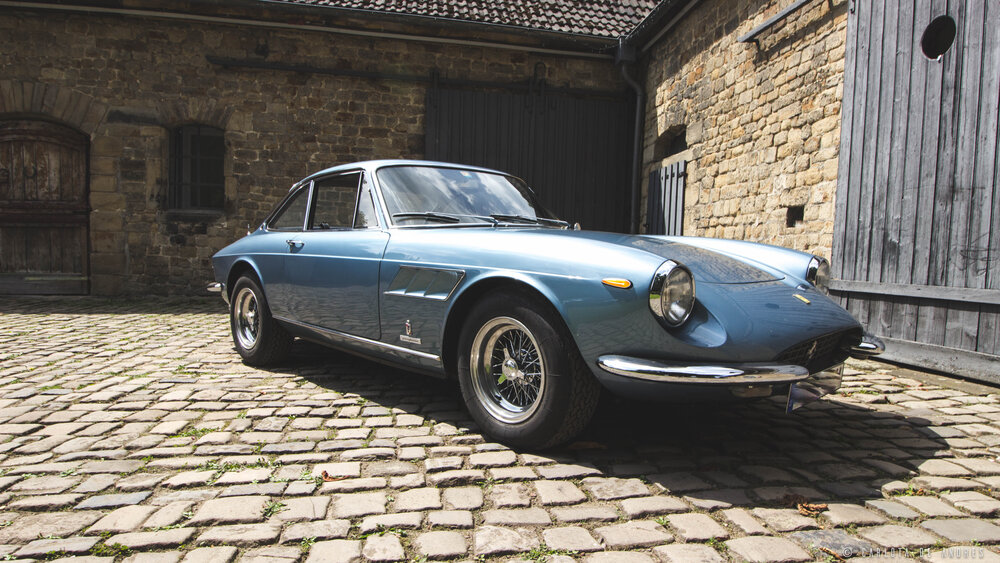
To the casual enthusiast, however, the appeal is less obvious. Against the iconic 365 GTB/4 Daytona at a similar price point, or a 275 GTB at a not-at-all similar price point, the 330 GTC is a bit…subdued, particularly visually. And it was something of an evolutionary dead-end as well: debuting in 1966, the GTC lasted just five model years and was never replaced. So what do the folks who most frequently interact with these cars know that the rest of us don’t?
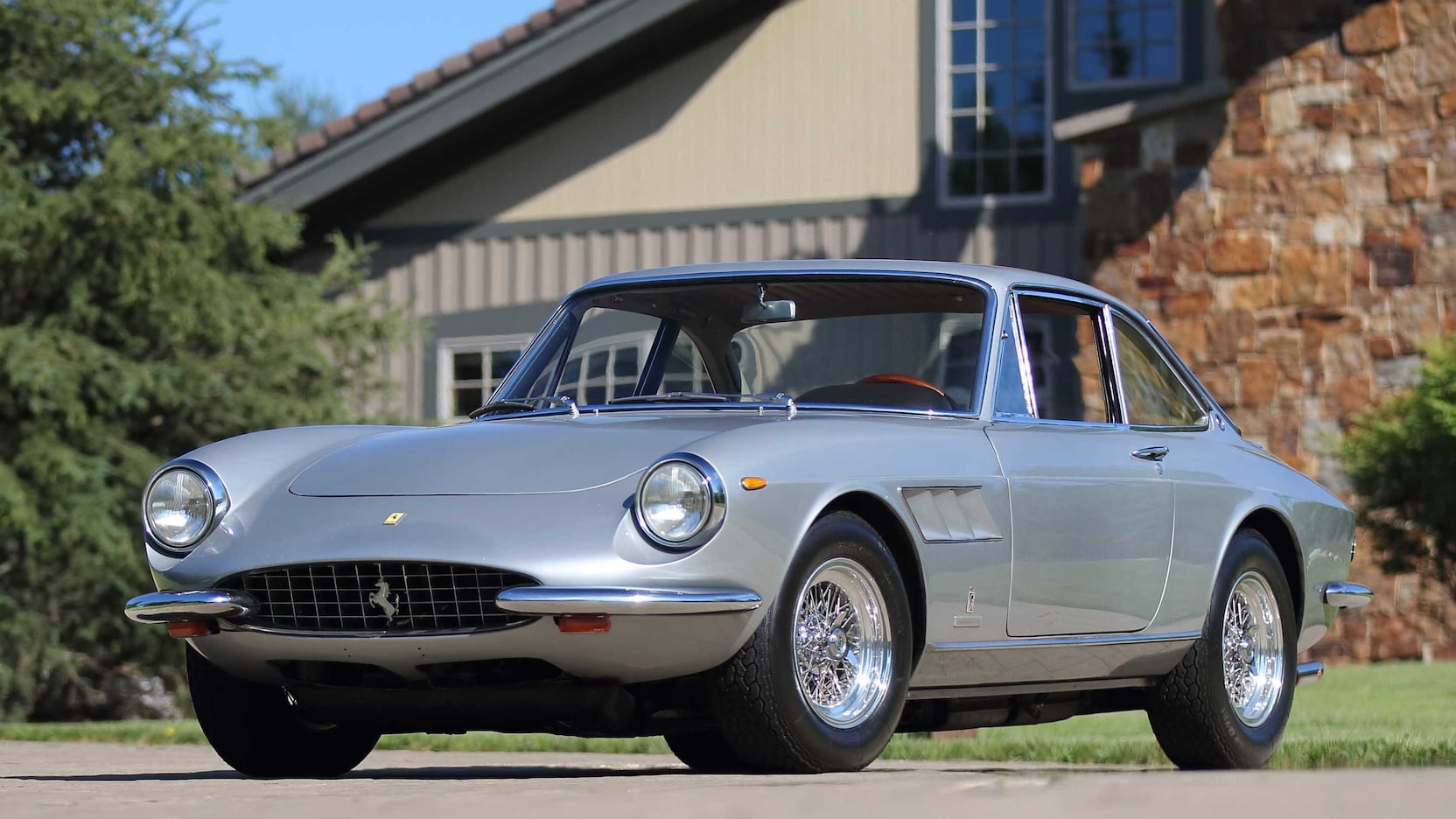
Ferrari’s redundant department of redundancy
Before we get to that, let’s start with what the GTC is—and isn’t. The 330 GTC is a front-engined two-seat V-12-powered Ferrari, an iconic layout that mercifully still survives today. It’s a formula that Ferrari used in their very first car and has continued since, aside from a two-decade, mid-engined, horizontally-opposed hiatus in the form of the BB and Testarossa.
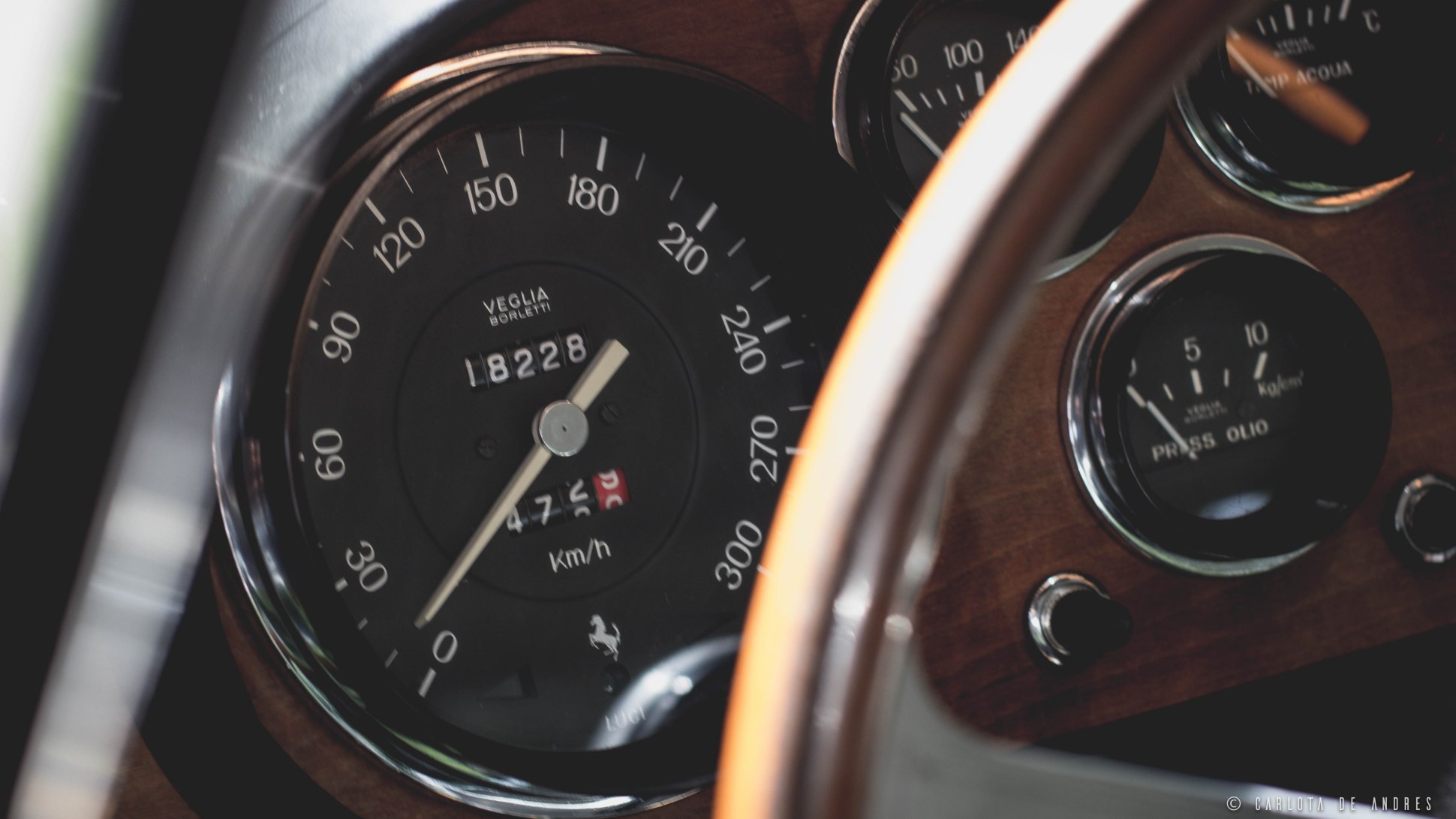
The GTC is not, however, the direct predecessor of the two-seat V-12 Ferraris of the last 25 years: the Maranello, 599, f12, and 812. This is because, for the entire duration of the GTC’s production, a buyer had a choice of two front-engined two-seat V-12 Ferraris—initially between the GTC or the 275 GTB, or from 1968 on, between the GTC and the 365 GTB/4 Daytona. The proportions and performance focus of the 275 GTB and 365 GTB/4 Daytona mean that they are the true forebears of more modern front-engined two-seat V-12 Ferraris.
The apparent overlap between Ferrari V-12 models in the late ’60s seems even more redundant given that the prices of these cars were within ten percent of one another. Ferrari’s management seemed to agree. The GTC was a new model when it was introduced in 1966, and by the time it had run its course in 1970, Ferrari decided not to make a subsequent generation or successor, nor have they done so since.
A Ferrari that meant business
So far, this may not seem like a recipe for an instant collectible, but the intrinsic strengths of the 330 and 365 GTC are numerous and very appealing. Understanding that appeal requires a quick survey of Ferrari’s evolution up to the 1960s, and its offerings prior to the GTC.
The company constructed a grand total of three cars in 1947, its founding year. Production exceeded 50 cars for the first time in 1953, split between the racing cars that Enzo Ferrari loved and the road cars he sold in order to fund the former. By 1954, the Ferrari 250 had appeared and Pinin Farina was the default designer and coachbuilder for Ferrari’s road cars. The proliferation of coachbuilt Ferraris that characterized the company’s first few years was largely replaced by a standard catalog of 250 models for the street, starting with the Europa, then the Boano/Ellena, followed by the Pinin Farina Coupe, and ultimately the Lusso.
Racing variants of the 250 were developed alongside their road-going siblings, with the open sports cars (250 Testa Rossa, for example) being the lightest and most technically sophisticated. The slightly more livable GT cars (chronologically: 250 Mille Miglia, Tour de France, SWB, and GTO) were still potent and at least offered a trunk and a roof. At the end of the 250’s life, it was possible to buy it as a focused GT-class race car (the GTO) or for the street in the form of the 250 Lusso. While this word means luxury in Italian, Ferrari’s threshold for opulence in the Lusso stood merely at ensuring its occupants did not go deaf while driving. Indeed, its use of a 4-speed gearbox and live rear end at the then-quickly-evolving top of the market were just two characteristics calling for change.

The 1964 introduction of the 250’s replacement, the 275 GTB, marked one of the biggest technical leaps yet to occur in Ferrari road cars. Independent rear suspension and a rear-mounted 5-speed transaxle (which introduced the iconic gated shifter to Ferrari road pilots for the first time), brought Ferrari road cars properly into the 1960s. While we tend to think of the 275 GTB as a road car today, Ferrari took it racing in the GT class and it was quite effective: 275s won their class at Le Mans in 1965, 1966, and 1967.
The dual-purpose nature of the 275 GTB meant that it effectively replaced two different models: the GTO and the Lusso. The 275 GTB’s racy character left what Ferrari perceived as a gap in its road car offerings, and it was this gap that the 330 GTC sought to fill when it was launched at the Geneva Motor Show in March of 1966, incidentally the same show at which the completed Lamborghini Miura appeared for the first time.
From underneath, the 330 GTC looks a lot like the 275 GTB: the chassis and suspension design are effectively the same, using dual wishbones at both ends. The rear-mounted 5-speed transaxle came over as well, joined to the engine via a rigid torque tube as on the later 275 GTBs.
The two primary differences between the 275 GTB and the 330 GTC are the body and the engine. In place of the rakish 275 bodywork, which truly brought Ferrari’s race car ethos to the street, is a more upright look that offers superior visibility, luggage capacity, and an understated elegance which gives the car a more grown-up feel. If a 275 GTB was piloted by a playboy in the 1960s, then a 330 GTC was driven by a businessman.
The differences in the engines mirror this. The 330 GTC is powered by a single-overhead cam 4.0-liter development of the Colombo V-12 which was also used in the 250 (3.0 liters) and early 275 (3.3 liters). The 4.0-liter version first appeared a few years earlier to power Ferrari’s larger and more luxurious 2+2 models. Fitting for the GTC’s role in the Ferrari lineup, the engine makes its power and torque peaks at lower rpm, although with 300 horsepower at 7000 rpm and 240 ft-lbs of torque at 5000 rpm, it’s still a rather spicy unit compared to a conventional car. The engine in the 275 GTB was even more extreme, however. Despite its lower displacement, it made 280 horsepower at 7600 rpm and 216 ft-lbs of torque at 5500 rpm. Or, with the twin cam heads of the 275 GTB/4, it produced the same 300 horsepower of the 330 GTC at 8000 rpm and 231 ft-lbs of torque at 6050 rpm, also around 1,000 RPM higher than the torque peak of the 330 GTC.
In 1968, the 330 GTC evolved to become the 365 GTC. It traded front fender vents for a more discreet pair of vents atop the hood and gained a pair of defroster outlets atop the dashboard. The engine grew to 4.4 liters and power increased to 320 hp, arriving 400 rpm sooner at 6600 while torque increased 27 ft-lbs to 267, at the same 5000 rpm as the 330.
The net result of these differences is that the 330 and 365 GTC still feel like Ferraris, but have a more friendly, flexible character than the 275 GTB, making them more enjoyable to drive when doing anything short of hauling the absolute mail. Its comparatively subtle looks draw the driver who wants the experience of driving a vintage Ferrari but doesn’t want everyone to know it, and as a result, it’s a connoisseur’s car. These are the exact characteristics that cause Ferrari collectors to drive their GTCs more than their other vintage Ferraris.
Cynics will view the 330 GTC as a parts bin special because it combines the chassis of an existing model (the 275 GTB) with the engine of a different existing model (the 330 GT 2+2), while a modern product planner might admire the efficiency of creating a car that is meaningfully different from its stablemates at minimal incremental cost. This latter perspective is true to some extent since it increased Ferrari’s sales volume significantly. Despite their not-immediately-obvious mission, the 330 and 365 GTC sold well: 766 units, nearly the same as the 275 GTB’s 784 over the same duration.
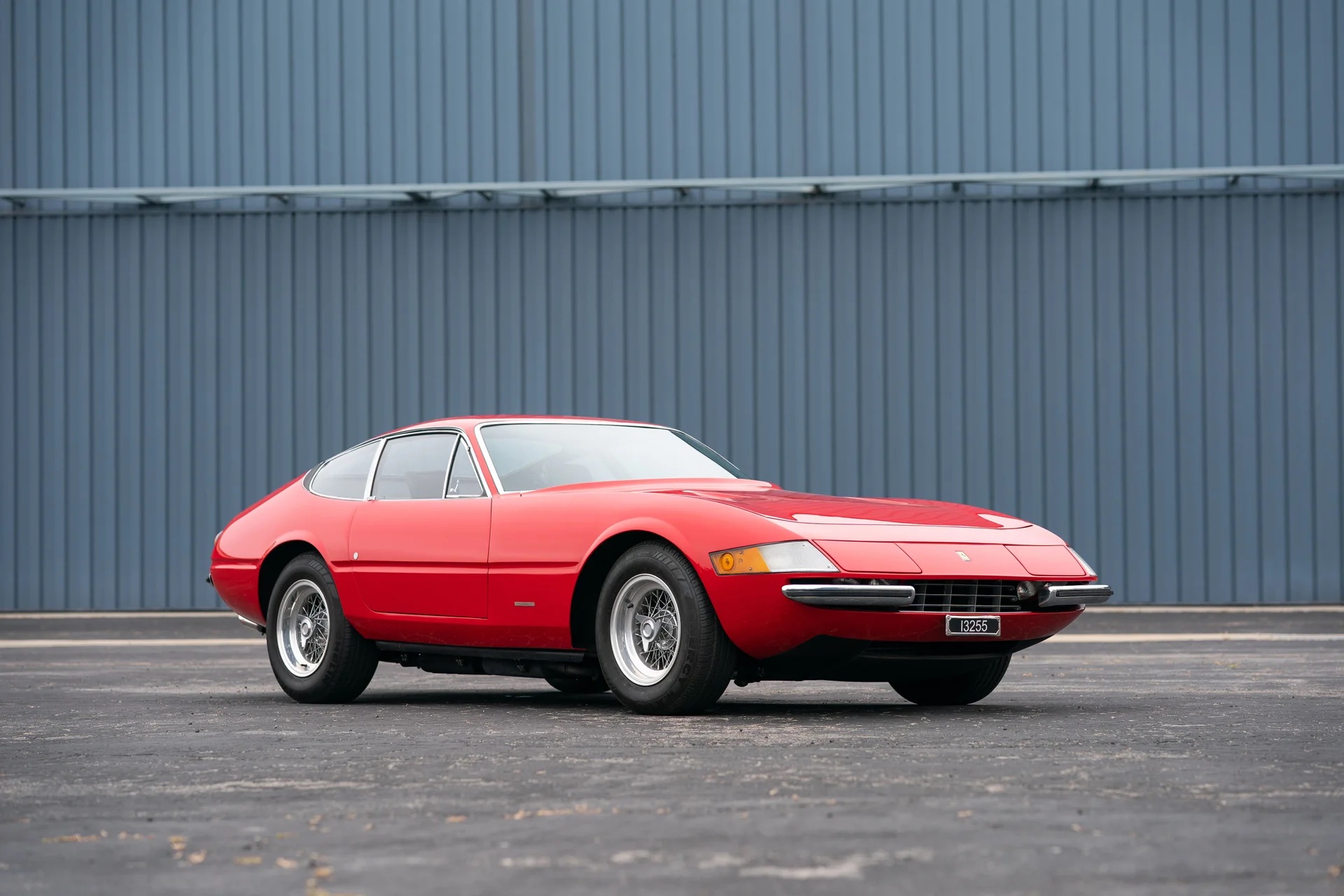
The production run of the 365 GTB/4 Daytona lasted a year longer, running from 1968 to 1973, but 500 more were produced: 1,284 examples. Its striking looks and stonking performance made it the high-profile object of desire for an entire generation of Ferrari enthusiasts, but it lacks the delicacy and usability of the GTC, especially on account of its often-criticized heavy low-speed steering.

Values of these various models over the last two decades show an interesting trend. While the relationship between the prices of the GTC and 275 GTB has fluctuated more or less at random during this period (with the 275 being worth four to five times as much as a GTC throughout), GTC values have strengthened against those of Daytonas. The looks of the Daytona are more rakish, but 67% more were built and they are more work to drive. So while 59% more money was needed to buy a great Daytona than a great GTC in 2006 ($318,000 instead of $200,000, per the Hagerty Price Guide), GTCs (330 and 365 together) were actually worth more than Daytonas a decade ago. Today, their values are more or less identical. These value trends suggest that today’s buyers are sophisticated enough to value the strengths of the GTC at least as much as they value the more splashy appeal of the Daytona.
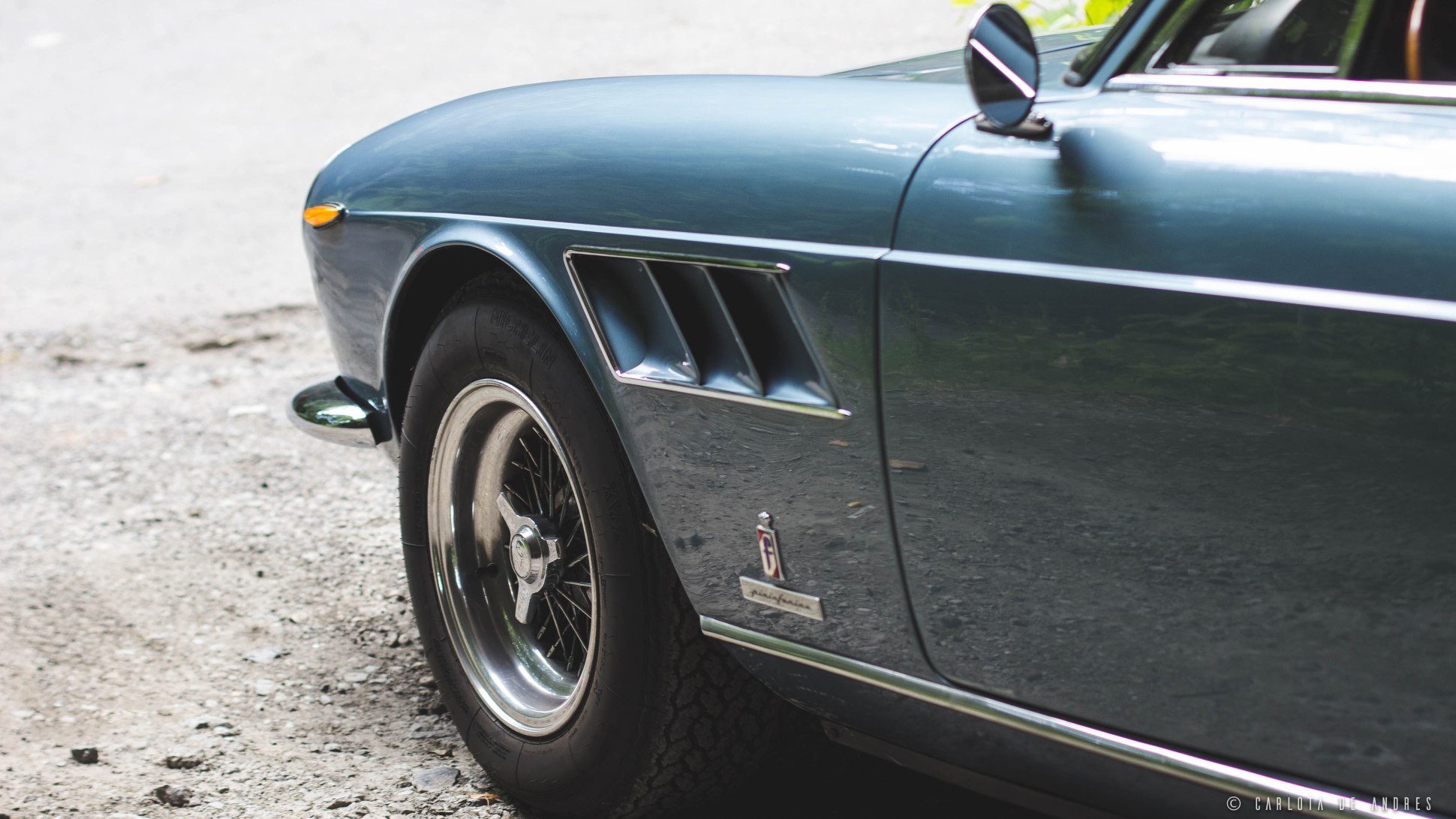
In many respects these cars reflect a very different era in Ferrari’s history. The GTC occupied a gap between the race-car-for-the-road 275 GTB and the larger 2+2 models, which still employed a live rear end and a conventional transmission instead of a transaxle at the time. This changed with the introduction of a pair of four-cam 365s. The 365 GTB/4 Daytona finally had a torquey, tractable engine that didn’t need huge revs just to cruise about, while the 1971 introduction of the 365 GTC/4 brought a four-cam engine and independent rear suspension to a four-seat Ferrari for the first time. This newfound sophistication obviated the need for the GTC. This effectively ended a unique and thoroughly enjoyable period in Ferrari’s history, one which today’s buyers are properly revering, even if that wasn’t always the case in the past. Derek Tam-Scott is a used car salesman and car content grump.
Report by Derek Tam-Scott for hagerty.com










